
Let’s explore the latest trends and predictions for software development in 2025. Stay ahead of the curve with insights on emerging technologies and industry shifts.
Reading time: 8 min.
The software development sector transforms itself almost exponentially quicker than ever before. This is fueled by the rapid development of technological concepts such as artificial intelligence, cloud computing and blockchain technologies. As we turn the calendar to 2025, it is safe to say that both the developers and the organizations developing the software are reinventing the whole process of software development, delivery, and sustainability. Innovation in technology and its application is expected to change the entire concept of application development and consumption to create more effective, affordable and safer software.
In this article, we will discuss the ten current trends in software development influencing the future of software development. From the automation of code through generative AI to the rise of serverless and edge computing, these software development trends offer a glimpse into a more dynamic and interconnected digital future.
The year 2025 and its software development field promises unprecedented levels of change through increased automation, superior security, and also non-developers being given a larger user base. This is because these latest technology trends in software development are very important to any professionals and organizations considering their performance in such a dynamic environment.
These software industry trends serve to inform about a more intelligent, swift and secure approach to development. Given that software is becoming pervasive across all domain sectors, understanding such software development outsourcing trends will be imperative for all those concerned as far as invention and competition in the software development arena is concerned, which is a constant agitating factor.
Generative AI solutions such as ChatGPT and GitHub Copilot have reshaped the coding paradigm for many software developers. The development can be facilitated by these tools which can help automate some of the processes, help fix bugs, or on the extreme side of the scenario, write computer programs by the simple user instructions. This lessens the burden of software development as well as increases its efficiency.
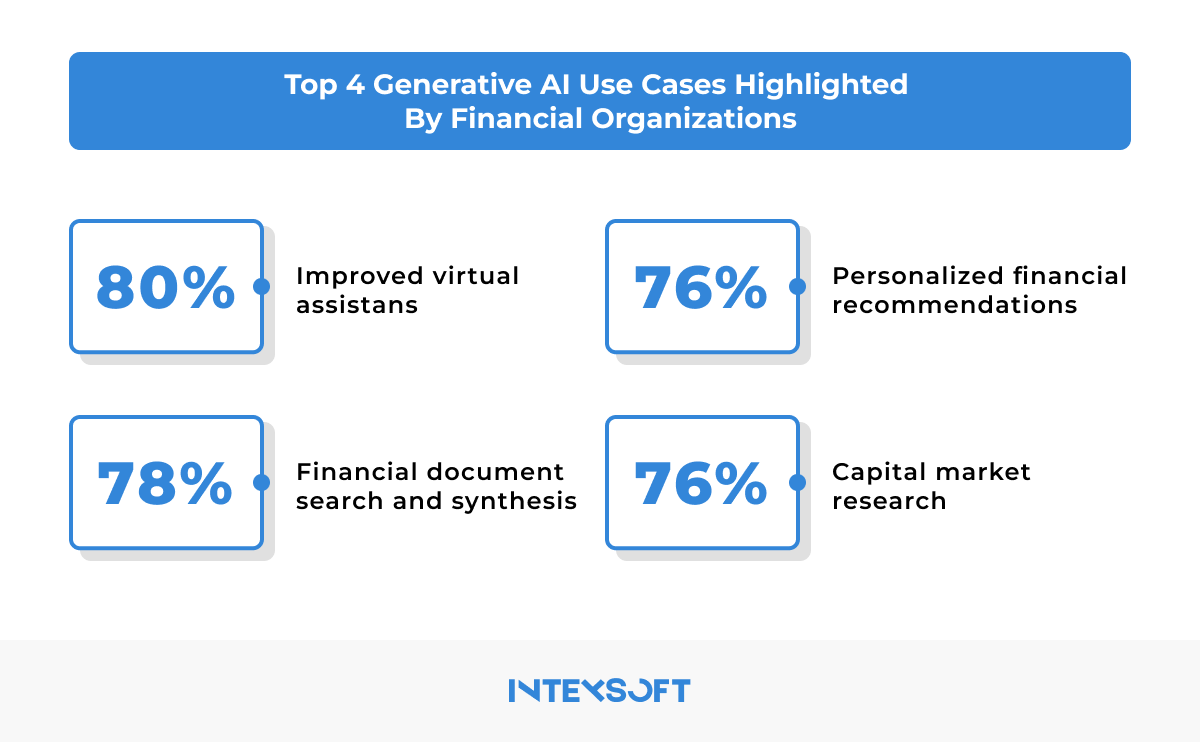
Generative AI Use Cases
As the adoption of the latest technology is growing rapidly, low-code and no-code application development, in particular, is enabling many non-programmers in building applications.
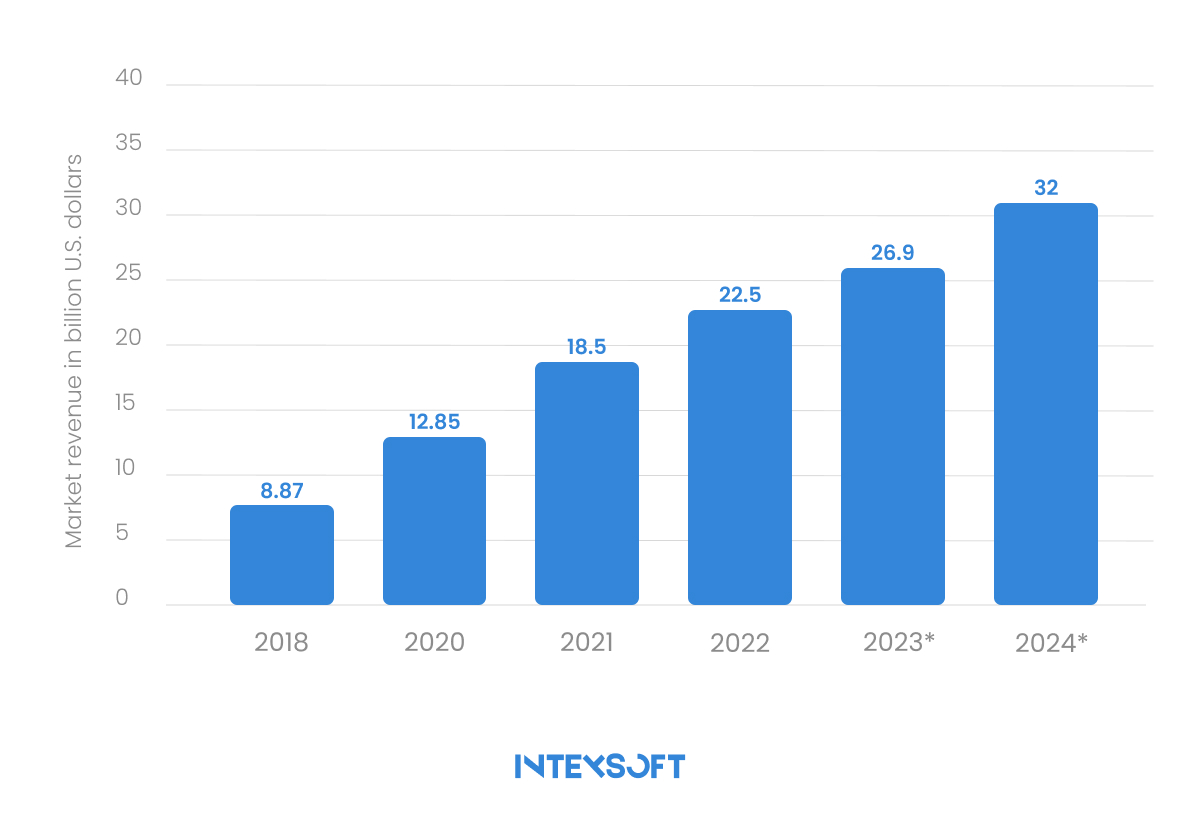
Low-code Development Platform Market Revenue
Quality control is becoming more complicated with the presence of artificial intelligence. With the help of AI testing tools, bugs can be detected much sooner and with greater precision, which lets the programmers focus on correcting only the major issues. This is enhancing the quality of the software being produced and improving the speed of even the shortest release cycles.
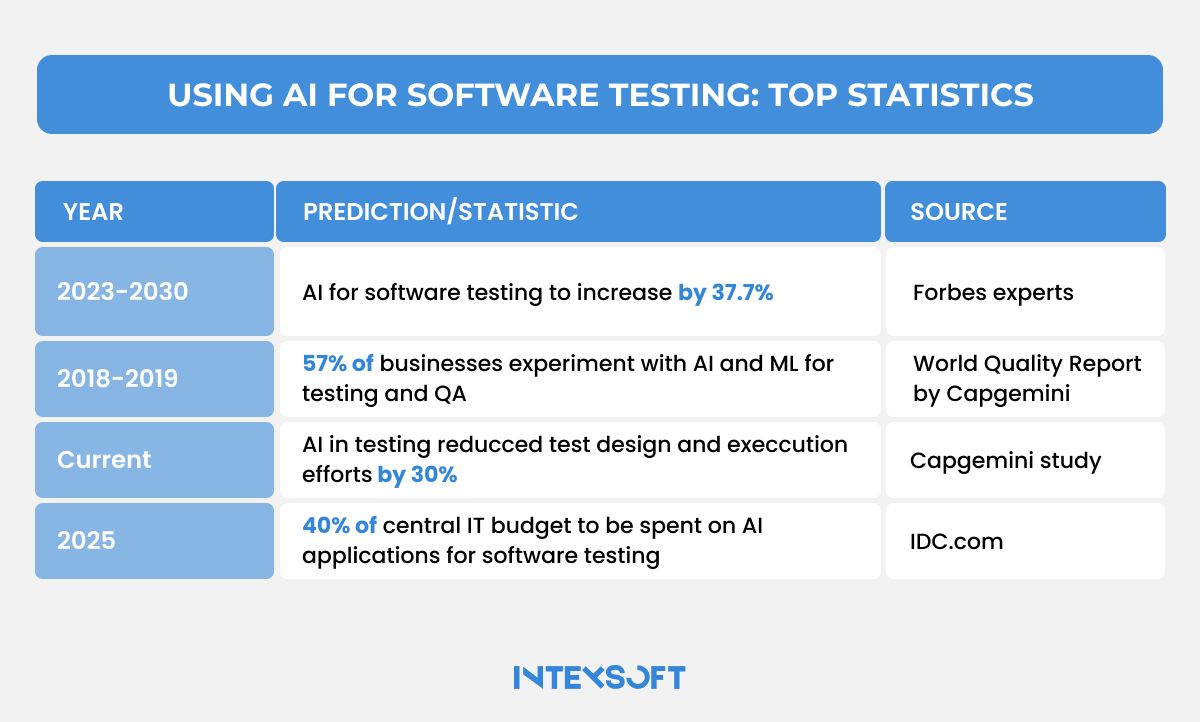
Top Statistics of Using AI For Software Testing
In recent years, edge computing has been making a significant impact due to the rapidly growing number of devices being connected to the Internet of Things (IoT). Users can access most of their data from a central server, but this is not so for real-time applications such as autonomous driving and smart cities, where data must be processed on the edge of the network.
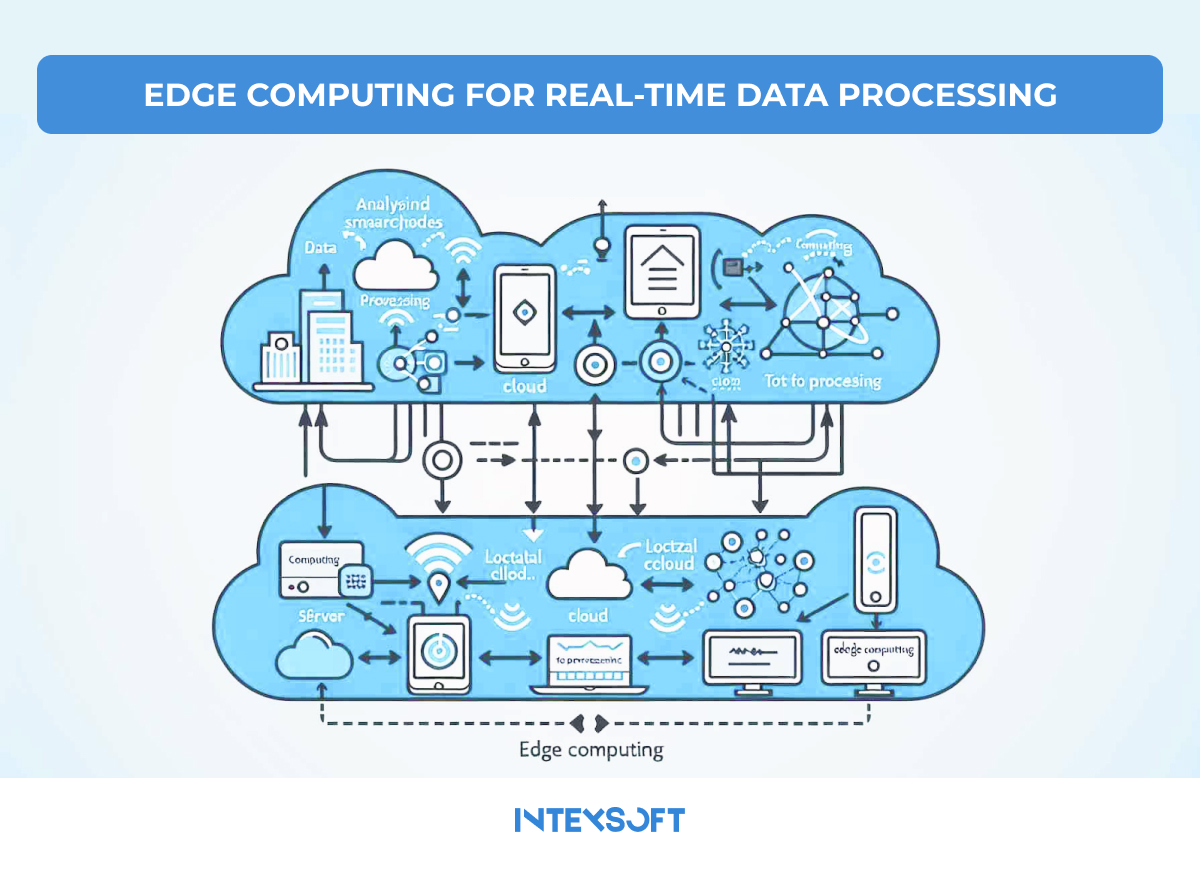
Quantum computing is still in its infancy, but it is becoming a major contender for some industries which need high speed computing capabilities. Quantum computations could change how we look at problems like cryptography, material designing or simple 3-d modeling, but for now it is still a niche market.
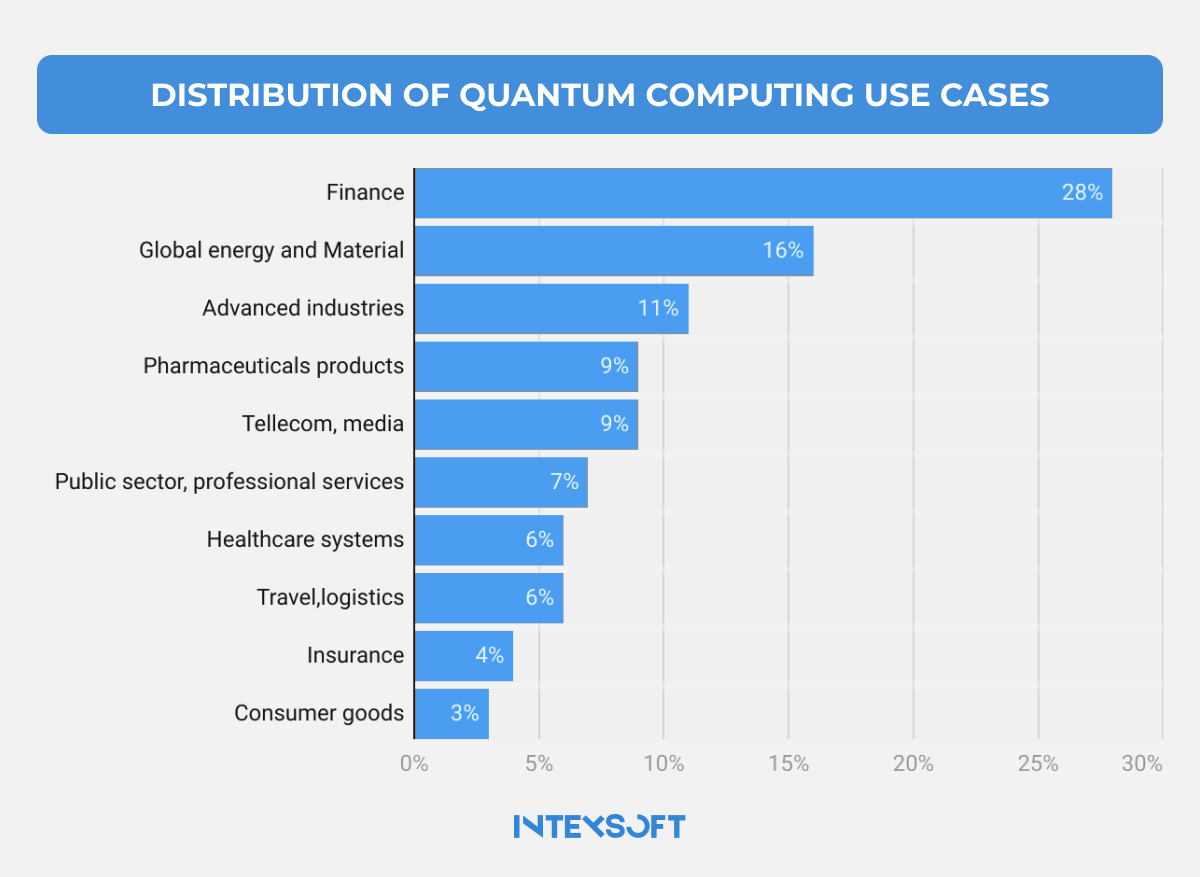
Distribution of Quantum Computing Use Cases
The acceptance of the blockchain technology is also spreading to other modes apart from the digital currency ones. Digital identity management, where users’ identities are linked to their biological attributes, identical to that of a fingerprint, ensuring higher security is one example.
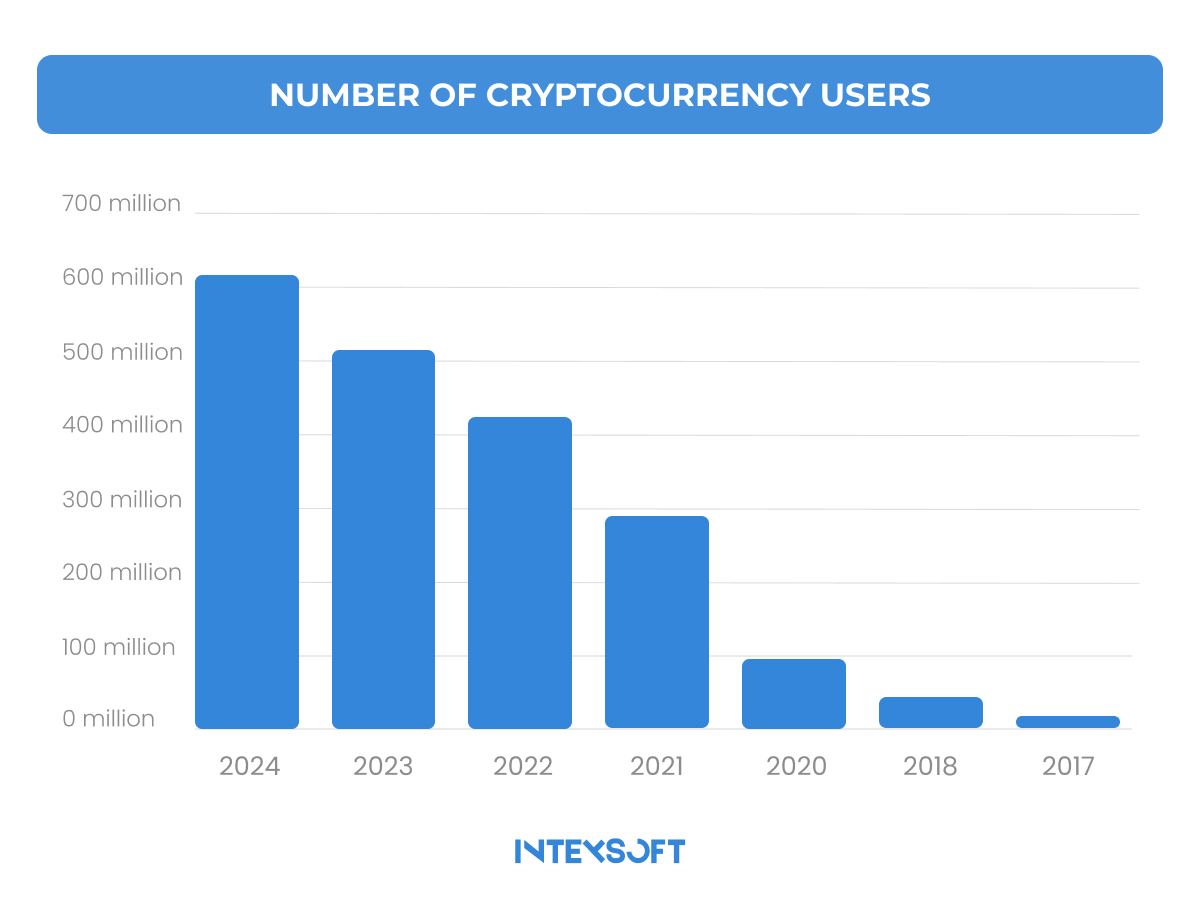
Number of Cryptocurrencies Users Statistics
Extended Reality (XR) technologies such as virtual-reality and augmented-reality are emerging as effective facilitators for training and remote working. Sectors like healthcare, engineering and education have begun using XR to provide an experience close to real life.
API-first and microservices development approaches are important as applications continue to be more integrated. These strategies facilitate the building of applications in a modular manner, hence more convenient for different teams to construct, develop further and operate complex systems.
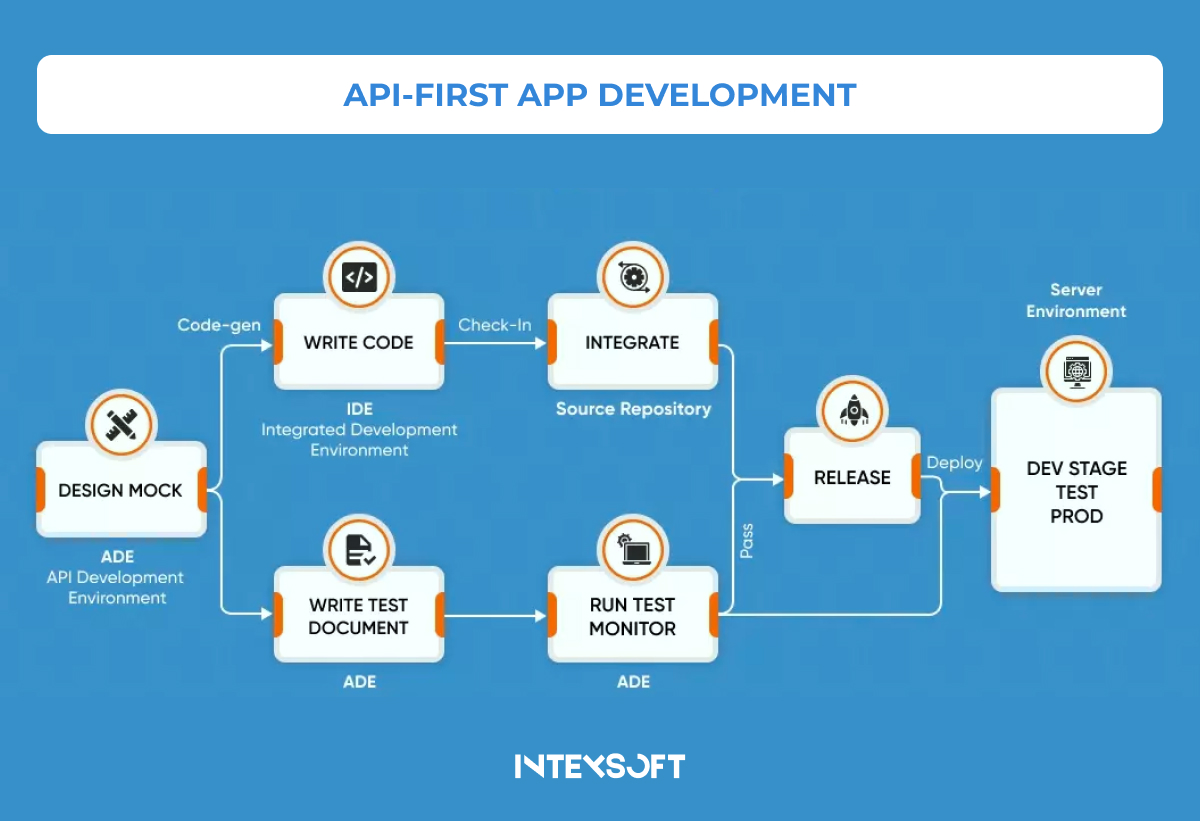
API-First App Development
Serverless computing is becoming more popular, with the help of which developers are able to concentrate on application building rather than infrastructure management. This model is cost-efficient and scalable, hence is used for applications where the workload is not constant.
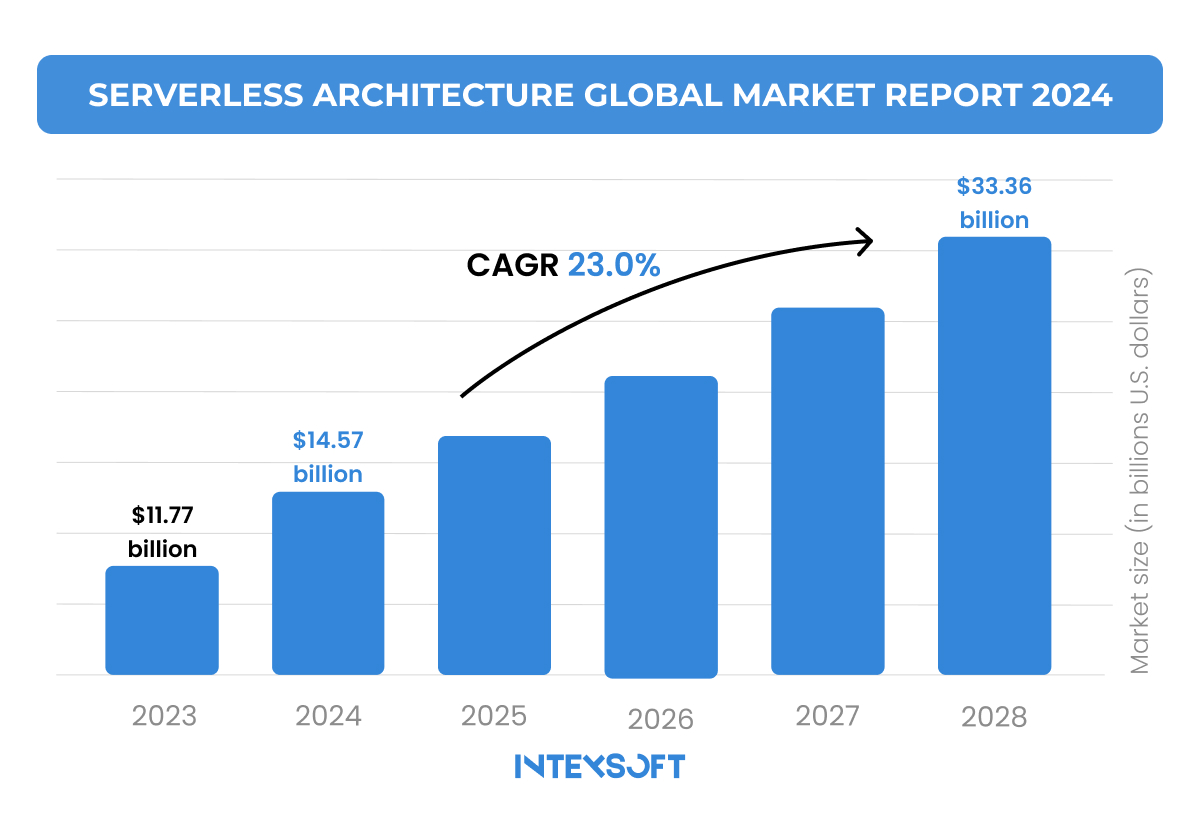 Serverless Architecture Global Market Report 2024
Serverless Architecture Global Market Report 2024
Cyber threats have increased and so measures to counter them have been put in place. For instance, business-oriented developers are in the process of making security part of development by enforcing data compliance and the use of zero-trust models.
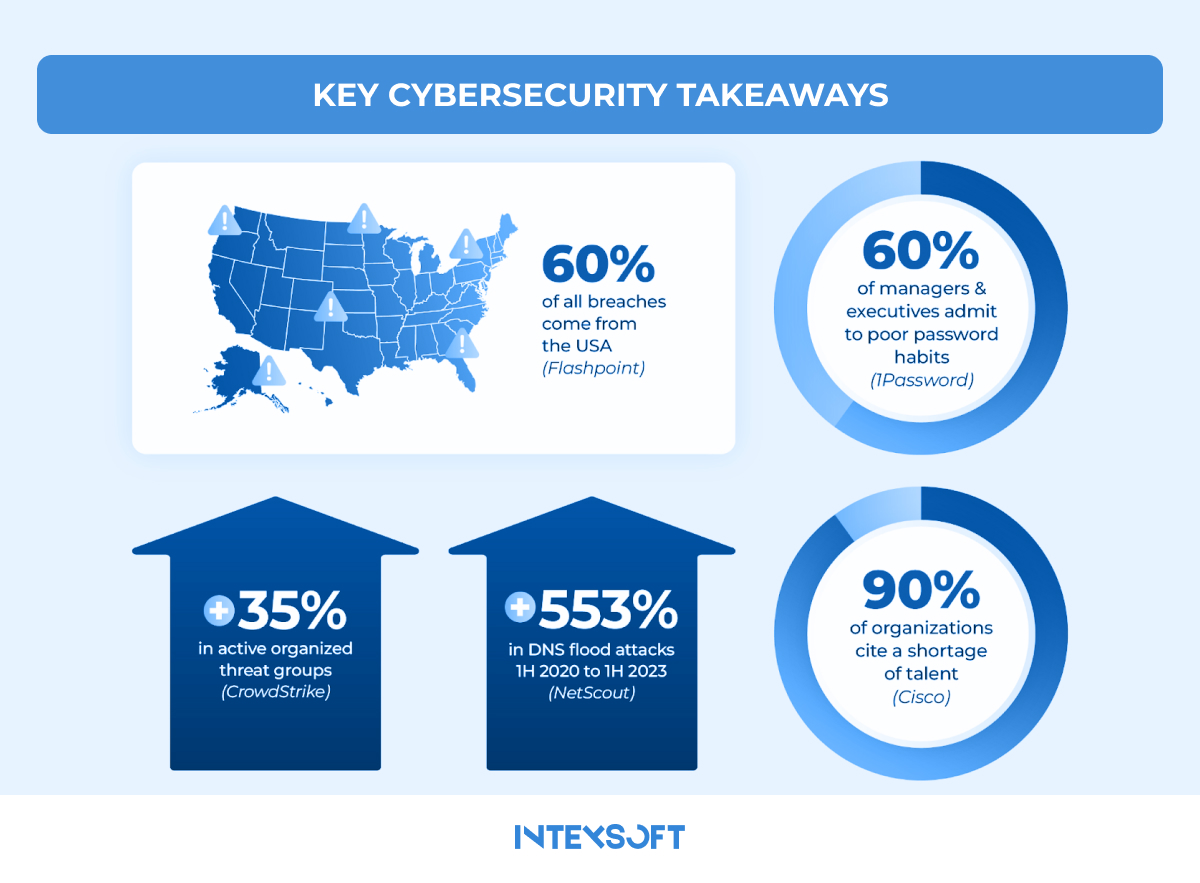
With their own distinctive attributes tailored to latest software development trends, each one of these languages addresses the demands of a particular industry, be it for instance machine learning or web or system level development.
Python continues to be one of the highest progress languages with its simple and clear nature, which makes it suitable for both novices and experienced professionals. It is mainly utilized in data science, artificial intelligence, machine learning, web-based applications, and automation.
Due to this cross-discipline capacity, Python can be used for data analysis, applications of artificial intelligence, backend development and so on. It is supported by powerful libraries (e.g. TensorFlow, Pandas, Django) that make this programming language very popular in analytics and machine learning.
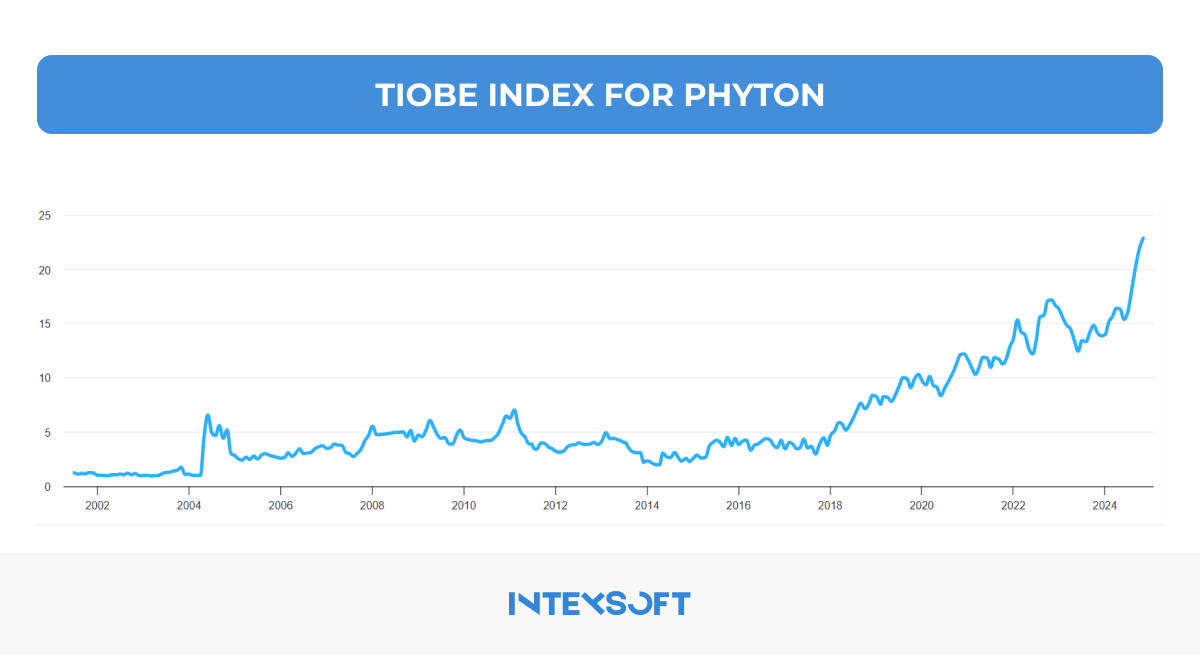
JavaScript is considered the foundational language of the web, as it provides interactivity and dynamism in web applications. To address the challenges posed by large projects, TypeScript, an extension of JavaScript, offers better management through static type constraints. Majorly employed in development and design of websites, mobile apps and in online stores.
While JavaScript is indispensable on the client side of the application, making TypeScript less of an option for developers working in small scale projects, TypeScript is becoming the norm for most enterprise applications since its strong type checking is an added advantage. Hence, they are used in creating graphical interfaces, web backends and mobile applications.
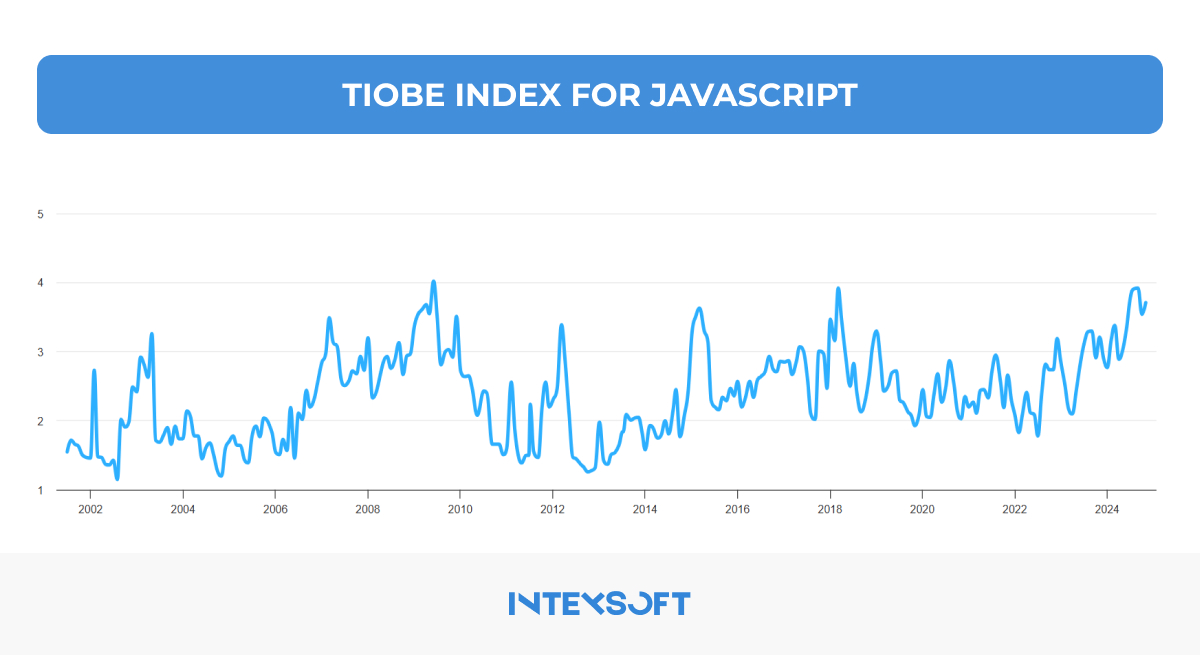
The performance and memory safety of the Rust programming language are what stretch its appeal amongst the programmers. It is especially famous amongst systems programmers as it reduces bugs and eliminates memory leaks. It finds application in systems programming, embedded systems, cryptography, and gaming.
Rust is the most suitable language for designing the low level applications that are of high performance as well as high security like operating systems, gaming engines and blockchain applications amongst others. Its unique ownership model also makes it a safe option even where concurrency is required.
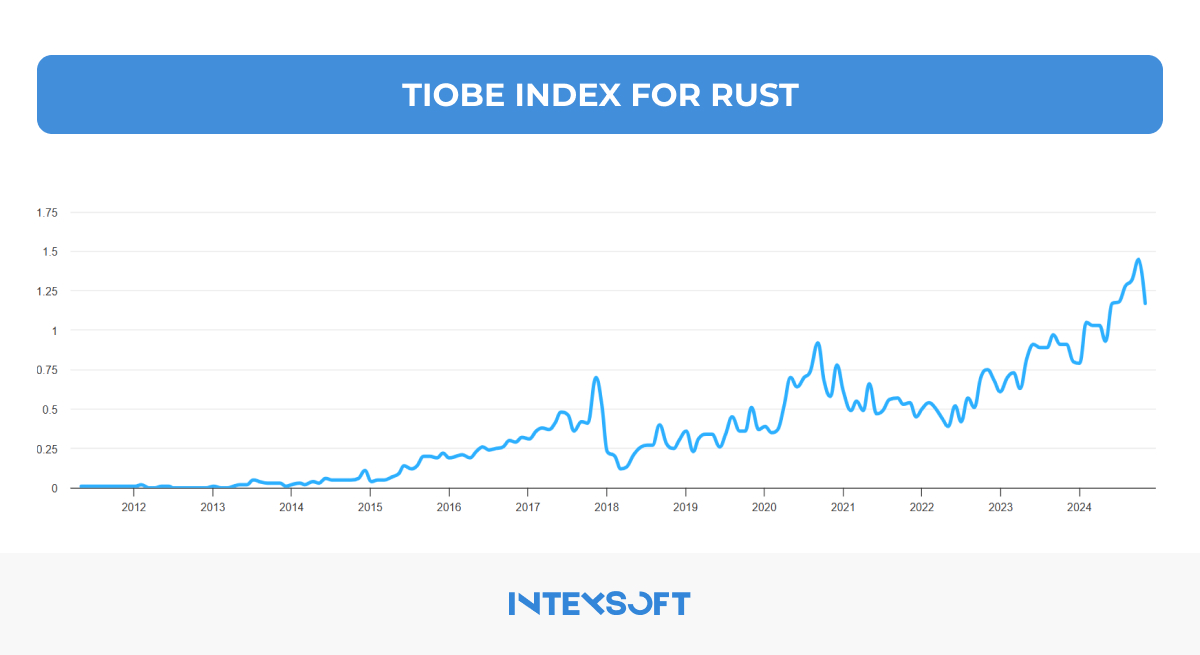
The programming language Go, made by Google, embodies ease and efficiency when building applications that require a lot of concurrency. It is built to be fast, reliable, and user-friendly when it comes to using the cloud. It is frequently employed in Cloud computing, Networking, DevOps, and Microservices.
Go is mainly focused on back-end development, occupied with cloud services and container management platforms such as Docker and Kubernetes. Its ease of concurrency control allows it to be perfect for microservices structure and extends to efficiently implementing large scale persistent systems.
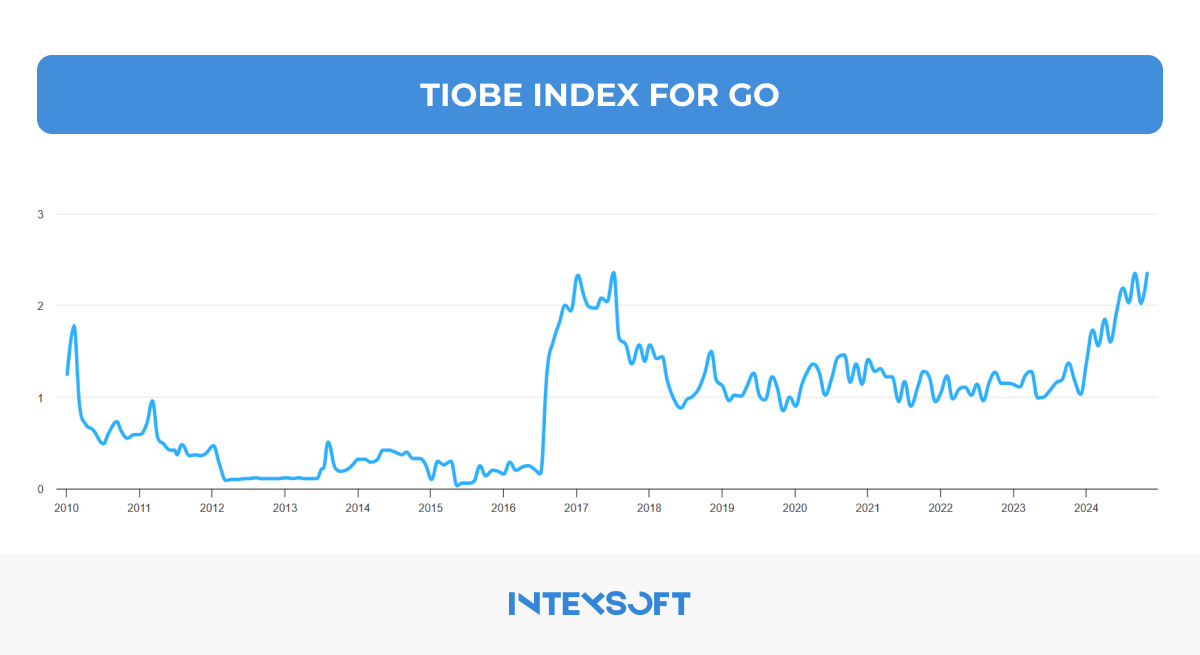
Kotlin is recognized as the best language for developing android applications, because even Google has officially endorsed it as the major language to be used for android applications. Mostly utilized for developing mobile applications and slowly for backend web development. Kotlin is cherished for its ability to work with Java, to have a relatively sleek programming structure and excellent handling of asynchronous programming, making it easier to come up with advanced android applications.
In addition to that, Kotlin is also making its way to backend development, especially for server-side applications through the use of the Ktor framework.
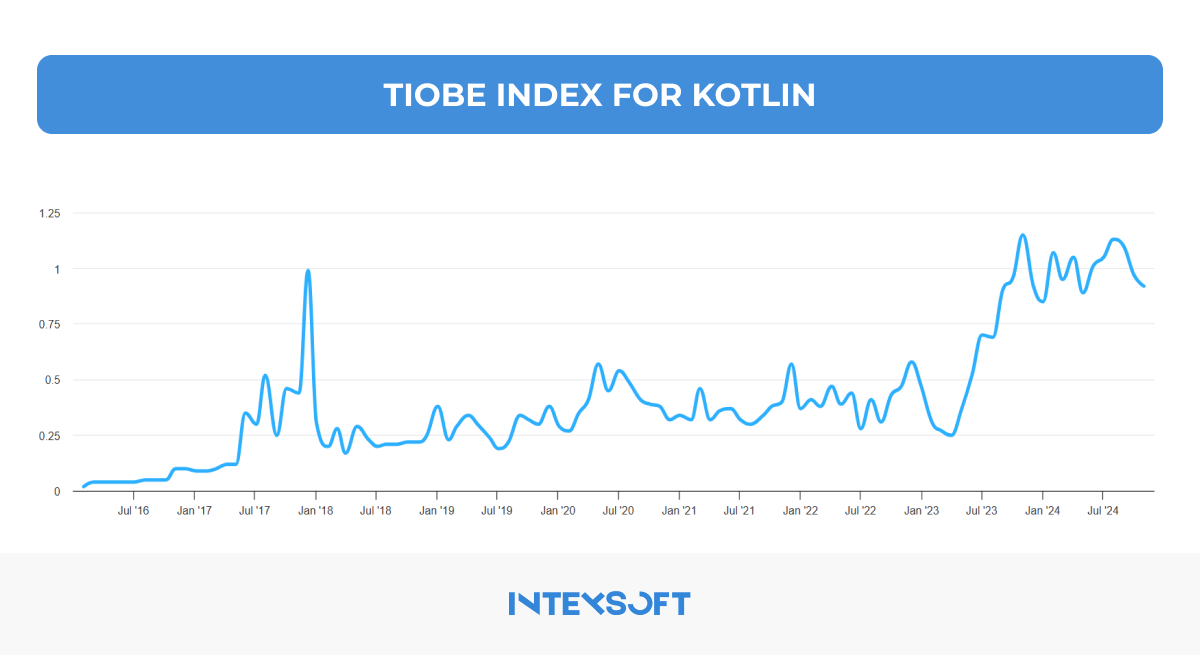
Looking forward to the year 2025, it is obvious that software development will change for the better due to the improved Artificial Intelligence, decentralized systems, enhanced security and other facets. The tendencies we have analyzed from the generative AI tools to quantum computing together with the serverless architectures demonstrate that software is becoming smarter, better and more convenient. These technologies are empowering developers to build more powerful applications that cut down on time to market, and also creating the boundaries of what software can do.
In addition to the software development industry trends listed, developments will be built into most emerging markets including ethical AI, focusing on improving the balance of transparency and fairness in AI. Besides, green computing will be on the rise with emerging energy conserving and eco-friendly development methodologies in order to lessen the adverse effects of data centers and cloud services.
The couple of years to come will be very useful for that industry, since the combination of software and hardware will advance, and more immersive technologies will be used. For the reason that such progress is also going to take place in the digital landscape, it will be important for developers as well as for organizations to keep track of such custom software development trends in order to remain current and inventive.